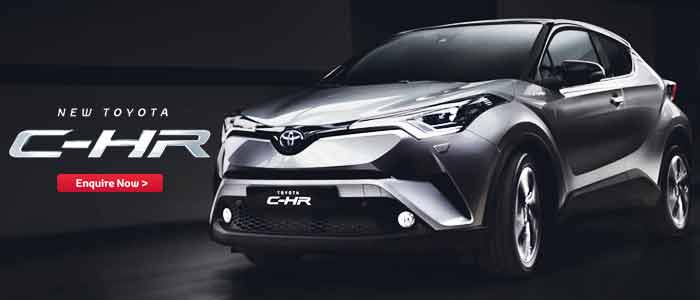The main component of a car which is responsible for all starting troubles is the car battery. A weak or dead battery causes various problems with the car and will make travelling difficult or totally impossible.
It just so happens sometimes those batteries die out after the end of their useful time. But even a new or good condition battery gives an only half output when the temperature drops to zero.
When buying your car battery always bear in mind that it is rated by cold cranking amps (CCA), it highlights the battery’s reserve capacity (RC) and power. The RC and power indicate how long your car accessories can run and still have the power to start the car.
Buying a battery with a higher CCA rating will benefit the car owner as cars require more energy in cold weather to start. Read the owner’s manual of your car and find the battery needed for your car. Remember, purchasing a battery with an excessive CCA might prove to be a waste of precious money.
While selecting your battery, buy one with more RC as it can be helpful in every situation. The size and number of plates in the battery specifies how many amps it can produce. A battery with large or more plates has increased life. RC differentiates three-year warranty from five-year warranty batteries.
Battery makers build their products to an internationally adopted Battery Council International (BCI) group number based on the physical dimensions, terminal placement (where you attach the cables to the battery) and terminal polarity. BCI and the battery producers offer application guidelines that contain the OEM cranking amperage requirements and group number replacement suggestions by make, model and year of automobile and battery size, CCA and RC specifications.



























